That Time Eleanor Roosevelt Disappeared for 10 Days
She reappeared in World War II’s Pacific theater where, for five weeks in 1943, she inspired troops and faced down air raids.
In Atlas Obscura’s Q&A series She Was There, we talk to female scholars who are writing long-forgotten women back into history.
Soldiers nicknamed it “The Island of Death.” Hot, humid, and buzzing with mosquitoes, Guadalcanal was a tiny speck of land northeast of Australia in the Solomon Islands. American soldiers unlucky enough to be stationed there during World War II faced constant threats, from malnutrition to Japanese bombardment to tropical diseases. But none of that deterred First Lady Eleanor Roosevelt from visiting the island—she wanted, as always, to see things for herself.
In August 1943, Roosevelt disappeared for 10 days, only to turn up in one of the world’s most dangerous war zones halfway around the globe. During her five weeks in the Pacific, she traveled to 11 islands, gave countless speeches, and met 400,000 soldiers. Admiral William “Bull” Halsey, who initially tried to dissuade her from the trip, later said, “She alone had accomplished more good than any other person, or any group of civilians, who had passed through my area.” In an upcoming book, The First Lady of World War II (Sourcebooks, May 2023), journalist Shannon McKenna Schmidt delves into Roosevelt’s time in the Pacific. Atlas Obscura spoke with Schmidt about her warm reception in Australia, why she almost divorced Franklin D. Roosevelt when he became president, and how she snagged Amelia Earhart as her flying instructor.
Why did Eleanor consider divorcing Franklin when he won the presidency?
She campaigned for Franklin. She wanted Franklin to be president. She said, “I’m a Democrat, too; I want what’s good for this country.” But for her personally, she thought that this was going to take away any identity that she had cultivated for herself. She had a lot going on before she became first lady. She was very active in Democratic politics in New York State. She wrote. She spoke. She was a teacher at a school. But, in fact, the platform of first lady gave her more opportunities to do the things she loved: to travel, to help people, to try to make social change.
In what way was Eleanor an unorthodox first lady?
Travel was essential to Eleanor, in her life, in her career. It was one of the things that set her apart as unconventional in 1933 when she entered the White House. First ladies prior to that typically stayed close to the White House. They oversaw social functions. It was unusual for a first lady, unusual for any woman at the time, to travel. And, you know, she’s out there traveling by herself, without her husband, without a man. She broke the mold.
What was her husband’s reaction to all her travels?
I think that he saw that she wanted and needed to travel, but he also benefited from it as president. She had this reputation of going to see things for herself, whether it was visiting a coal mine and learning about the rights of coal miners or visiting a school. Then, she brought this information back to the president.

Franklin made this comment in a cabinet meeting once, “You know my missus gets around a lot.” He was proud of her. She just had this ability to connect with people across the social spectrum, from normal people to kings and queens.

Why did Eleanor want to go to the Pacific during World War II?
It grew out of her trip to Great Britain during the war. She was invited there by the queen [Elizabeth, wife of King George VI] to see the work that women were doing. I think because that trip was so successful, Franklin and Eleanor thought it would be a good idea for her to go to the Pacific.
She was always looking for ways to contribute to the war effort and make a difference; Franklin knew that. He recognized what Eleanor needed and he knew a trip to the Pacific would benefit politically as well, to galvanize the nation at a time when people were starting to become complacent. Eleanor was this link between the home front and the fighting front.
From her time in the Pacific, what’s one story that stands out to you?
I love these instances where she’s informal and she doesn’t care about protocol. In Australia, she’s going into the grounds of a government building and she sees several women gardening. And she just leaves the official entourage and goes over to talk to these women, who are part of a war effort to do agricultural work. The Australians loved it. They loved when she broke protocol. They loved her warmth, her informality.
How would you describe her personality?
She’s compassionate, courageous, charismatic. She’s caring. When she’s on her way back from the Pacific, the new commander in charge of Christmas Island [now known as Kiritimati and part of the Republic of Kiribati] says, “We have this one particular soldier who was hurt during training—a tank rolled over on him and he lost a leg. We would like you to speak to this young man because he’s despondent and it’s affecting his recovery.” And she goes and speaks to this one individual soldier. And she tells him that if he promises to get better, she’ll promise to visit his mother. She cared about all these servicemen as individuals, so that part really stood out to me.
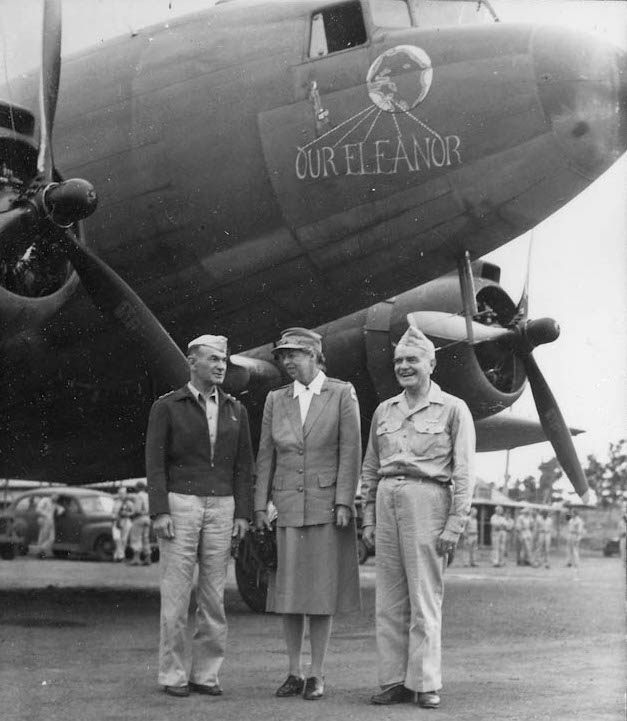
What have you learned from Eleanor?
To get out of your comfort zone. To face your fears. I thought long and hard about whether I wanted to put a book out into the world and be open to criticism. At the end of the day, I was like, “What would Eleanor do? Would she let it hold her back that she might get criticized?” The answer is no. Don’t let negative things hold you back. If she misspoke in a speech, she would just move on. Keep moving forward.
What’s your favorite anecdote about Eleanor?
I love that she wanted to be a pilot. And she was all set to do it. She passed the physical exam. She was going to have Amelia Earhart as her instructor. They had become friends. But Franklin, who rarely asked Eleanor to hold back on anything, was about to become president and he was like, “Could you hold off for my sake? I don’t need that worry.” So she did honor his request.
But she had a friend who had a plane. And one time flying from the Hudson Valley to New York City, Eleanor took the controls. She just talked about how freeing it was to be there above the clouds.
This interview has been edited for length and clarity.

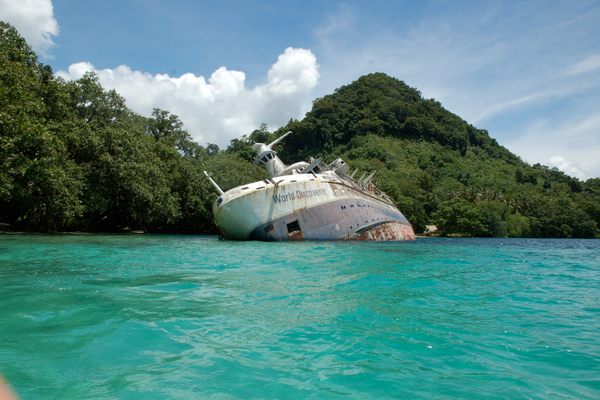
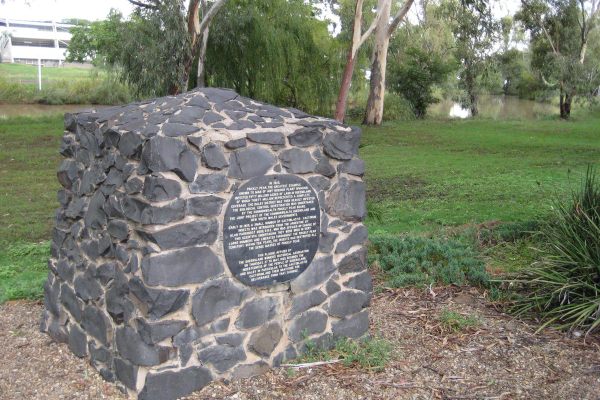


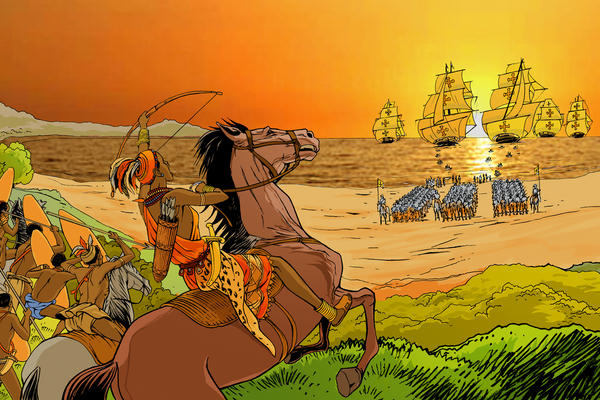
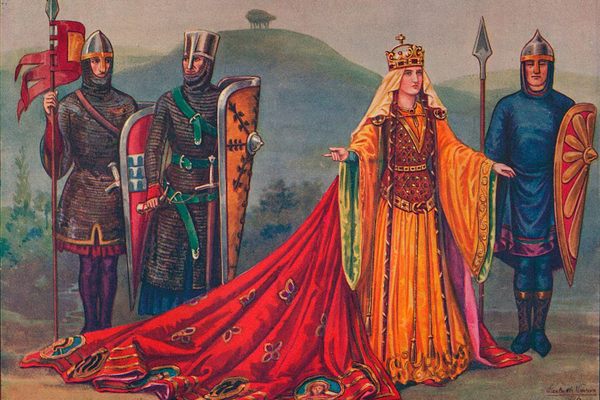











Follow us on Twitter to get the latest on the world's hidden wonders.
Like us on Facebook to get the latest on the world's hidden wonders.
Follow us on Twitter Like us on Facebook